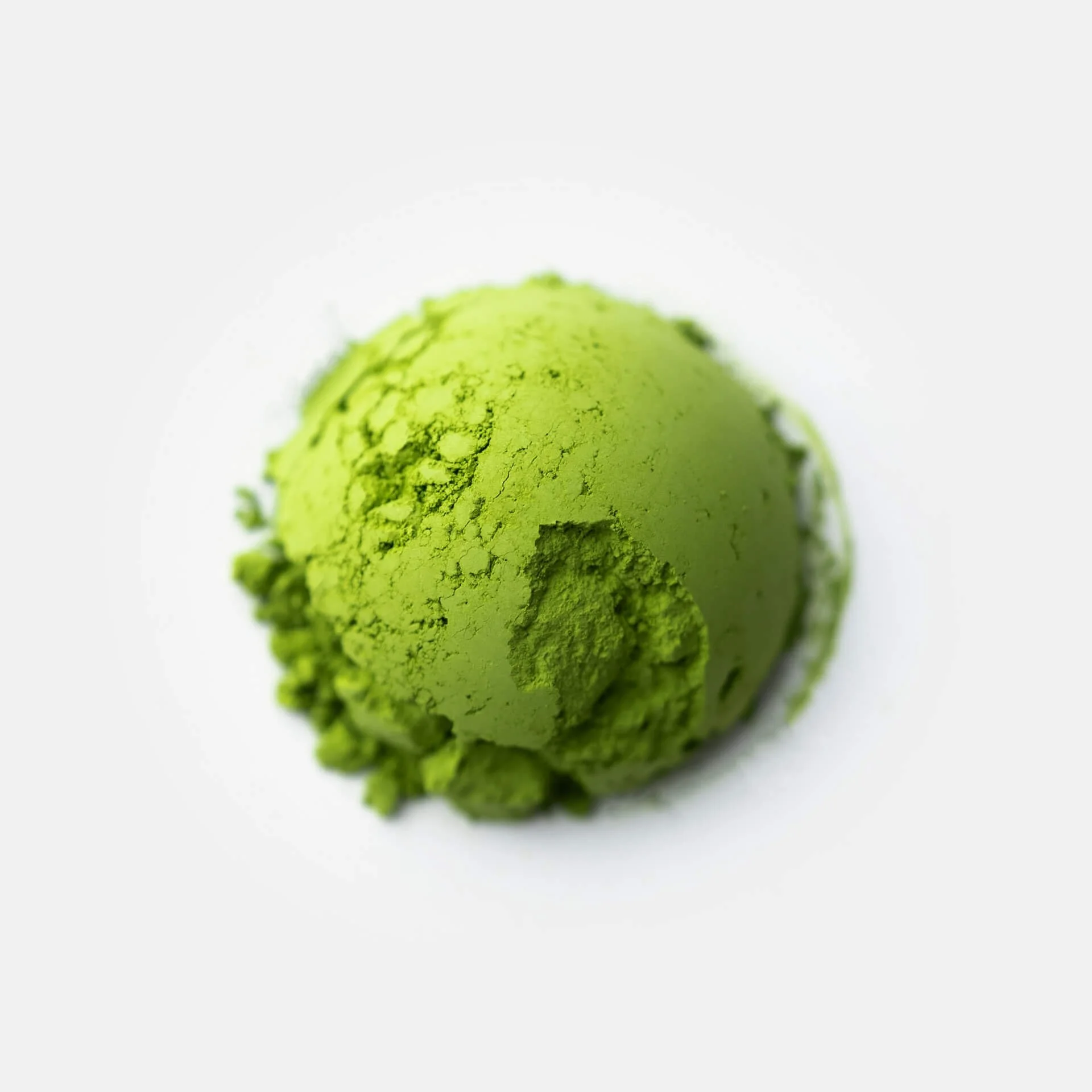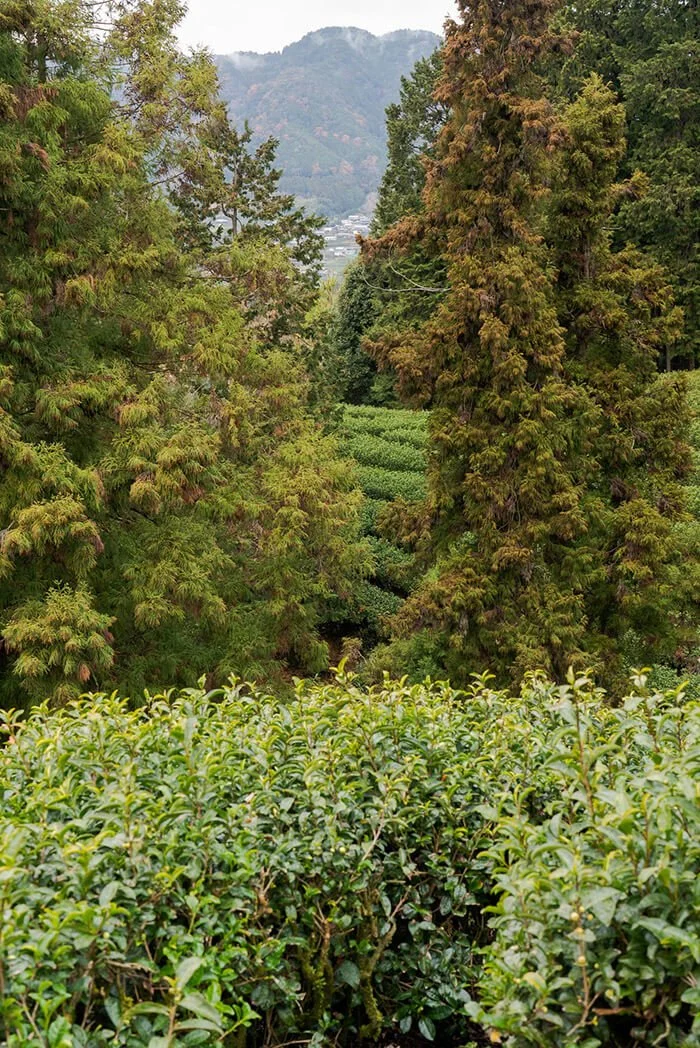MMC 05/23: Morisakiさん Okumidori (おくみどり) Wazuka Matcha
Matcha Mill Club is our monthly Matcha membership, where we stone-mill a new single-cultivar Matcha and ship it out within 24 hours of milling every month. This article details the Matcha we shipped for May 2023!
Dear reader,
This month we have a lovely Matcha from a young, inspired farmer in Wazuka, Kyoto. Surprisingly, he’s a first-generation producer who moved to the region to escape the urban life in Tokyo.
Japanese tea is in a waning period. Many of the producers are getting older, the young are not continuing generations of farming, and – as you know – the population of Japan is decreasing.
First-Generation Tea Farmer
Many of the young (of the few young that are left in Japan) are pursuing interests that extend beyond the borders of Japan. Coffee is a popular interest, as well as skincare. The son of a highly awarded farmer in Fukuoka prefecture explained he won’t continue the work in the field, and has started finding a career in beauty products.
All of this is to say: Japan has few young, and even fewer young who wish to continue more traditional arts such as tea making.
Morisaki is the exception to the rule, and as he explained to me, this has made well appreciated by the aging farmers in Wazuka that share borders to the plot of land he maintains.
Changes to Wazuka
Wazuka is a large tea-growing region within Kyoto–though, it’s smaller than growing regions from other parts of Japan such as Shizuoka. The region originally grew non-shaded tea known as Sencha.
Morsakiさん explained to me that a little over 30 years ago, no one in Wazuka made any matcha - yet today nearly 70% of all the tea grown in the region becomes Matcha!
How did this all start? Well, due to ice cream!
Häagen-Dazs needed Matcha for a Matcha flavored ice cream and approached farmers in Uji (the birthplace of Japanese Matcha and Matcha traditions.) Though, the price for the material was too high.
Farmers in Wazuka seized the opportunity, to produce a more affordable product. As international demand for Matcha has increased, Wazuka has helped ‘ease’ the demand for Matcha from Uji – with varying degrees of complications, and anecdotes - for another day!
Tasting Notes
Today the Samidori cultivar is the most popular variety grown in Wazuka, with Okumidori being the second most popular. This makes sense, as these cultivars are wonderful for blending as they have good yields, good balance, and are pleasant to drink. Single-origin Matcha is uncommon within Wazuka, as the wholesalers/blenders create the demand for tea in Japan, and not so much the end consumers.
A Valued Friend
This is a valuable point to understand. There is a great degree of risk involved in growing more venerable (in terms of unique characteristics, strong flavors, or lower yield) cultivars if you are to survive financially as a tea farmer in Wazuka - or really anywhere in Japan. This by no means implies that the more popular cultivars (Yabukita, Okumidori, Samidori, etc) are worse in any meaningful way!
One can visit a grocery store to buy a piece of Tuna sushi for less than $1 - and expect to pay over $50 for Tuna sushi from a Michelin stared restaurant. Both are tuna. It is true that Tuna may be more common, than say, Fugu (poisonous blowfish.)
Fugu may be rarer but has a higher degree of financial risk to the chef (not just in terms of killing a customer, but also if the option does not sell, he cannot claim the profits.) And as someone who has tasted Fugu, I can plainly say it tastes rather bland, and Tuna is superior in taste and mouthfeel.
Okumidori reminds me of this. It is common, pleasant, and something one can return to often like an old friend.
Morisakiさん’s Okumidori
As far as this Morisakiさん’s Okumidori, here was my experience: Delicate aroma like easily damaged floral petals.
Raw spring peas, cucumber, or raw zucchini-like bitterness and pointed tannin, with a weighty base - like a triangle with dulled rather than sharp points.
Appropriate for a cold spring, softer than the briskness of the winter season but not quite as mellowed as humid summer days. Sweet bitterness, like burnt caramel.
Share your Experience
What did you think of this month’s Okumidori? Would you please let me know?
Either reply to this email directly with some of your own notes or share your Matcha and tag us on Instagram at @ooika.co.
Sincerely,
Marc
Ooika’s Miller
Ochairinikki (御茶入日記)
Category Green tea (お茶) |
Subcategory Kabusecha (かぶせ茶) |
Grade Indigo (Beyond Ceremonial) |
Terroir Wazuka, Kyoto, Japan |
Vintage 2022 |
Cultivar Okumidori (おくみどり) |
Harvest Method Sentei ki (2 Person Machine) |
Shading Style Jika Kabuse |
Shading Duration 20 days |
Milling Ishi-Usu (石臼) Stone-Milled by Ooika |
Packaging Cold-stored, oxygen-free bag |
Use Usucha, Koicha |




